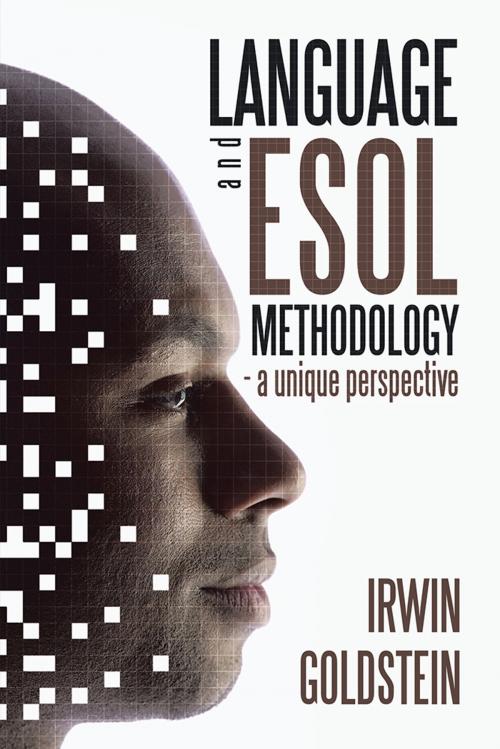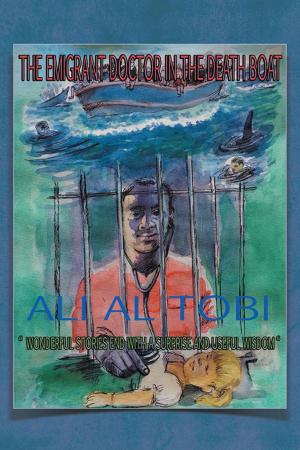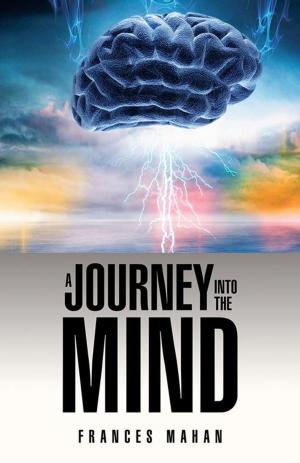Language and Esol Methodology- a Unique Perspective
Nonfiction, Reference & Language, Education & Teaching, History, Educational Theory, Adult & Continuing Education, Bilingual Education| Author: | Irwin Goldstein | ISBN: | 9781482898651 |
| Publisher: | Partridge Publishing Singapore | Publication: | February 7, 2014 |
| Imprint: | Partridge Publishing Singapore | Language: | English |
| Author: | Irwin Goldstein |
| ISBN: | 9781482898651 |
| Publisher: | Partridge Publishing Singapore |
| Publication: | February 7, 2014 |
| Imprint: | Partridge Publishing Singapore |
| Language: | English |
It is unfortunate but true that many misconceptions exist regarding teaching English to non-English speakers. Just as one who can read is not by that criterion alone capable of teaching reading, knowing a particular language does not ensure that one can effectively teach it. It is an error to assume that common sense can guide one in ths regard. True common sense is simply not as common as many may believe. What may appear a sensible thing to do in teaching ESOL, may in fact (as one who reads the book will see) prove counter-productive and in turn detrimental to the learning process. This book focuses on subject matter which includes the question of what language actually is (its components, skills, and traits), the mystery of the orgin of language, the history of the English language, past and current ESOL teaching techniques and culture as a factor in language learning. The book is designed to be of value to ESOL teachers and administrators, students preparing to teach ESOL, volunteers in need of learning more about the field and individuals who may simply be interested in the history of the Enlish language and/or ESOL methodology. The books information is expected to increase the knowledge of readers as well as to help some strengthen and others develop a solid foundation upon which to rely in whatever approach they choose to teach ESOL.
It is unfortunate but true that many misconceptions exist regarding teaching English to non-English speakers. Just as one who can read is not by that criterion alone capable of teaching reading, knowing a particular language does not ensure that one can effectively teach it. It is an error to assume that common sense can guide one in ths regard. True common sense is simply not as common as many may believe. What may appear a sensible thing to do in teaching ESOL, may in fact (as one who reads the book will see) prove counter-productive and in turn detrimental to the learning process. This book focuses on subject matter which includes the question of what language actually is (its components, skills, and traits), the mystery of the orgin of language, the history of the English language, past and current ESOL teaching techniques and culture as a factor in language learning. The book is designed to be of value to ESOL teachers and administrators, students preparing to teach ESOL, volunteers in need of learning more about the field and individuals who may simply be interested in the history of the Enlish language and/or ESOL methodology. The books information is expected to increase the knowledge of readers as well as to help some strengthen and others develop a solid foundation upon which to rely in whatever approach they choose to teach ESOL.















